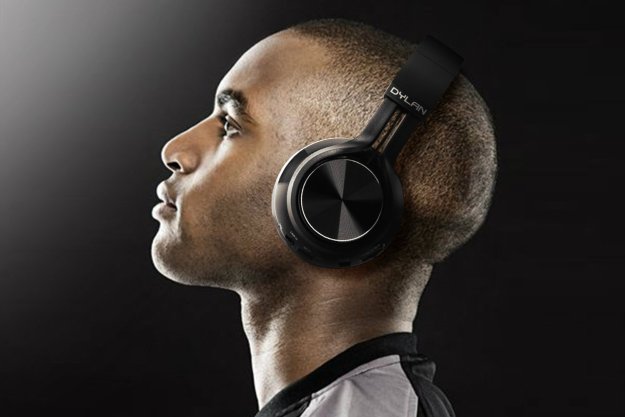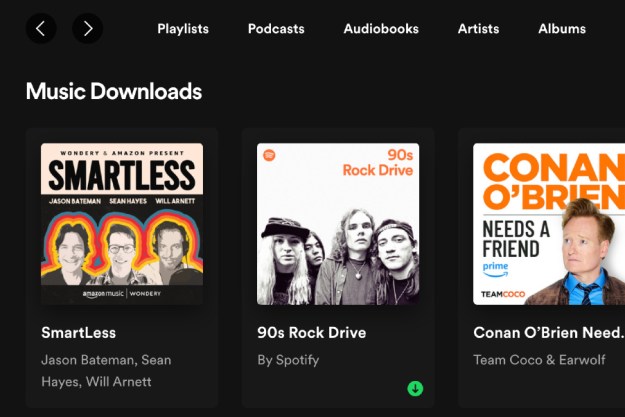The Beatles stopped touring in 1966, decades before people could capture live events and place them on YouTube for the world to see. Fifty years and decades of social media innovation later, a new Beatles documentary, The Beatles: Eight Days A Week — The Touring Years, will feature archival footage crowdsourced from Facebook and Twitter.
The Beatles: Eight Days A Week — The Touring Years, directed by Ron Howard, will chronicle the last five years of The Beatles touring career, from the group’s first performance at Liverpool’s Cavern Club in 1961 to the last performance at Candlestick Park stadium in San Francisco in 1966. According to a Fast Company profile of the documentary, the filmmakers sent out a call for footage to the more than 40 million Beatles fans who liked The Beatles official Facebook page. The filmmakers and researchers also used specific software to monitor social media platforms such as Twitter to find fans who may have stories or footage surrounding The Beatles’ performances during that five-year span.
The search for footage for the new documentary began in 2003 as a passion project of Matthew White — former vice president of the National Geographic‘s film library — before White found enough analog footage of rare Beatles performances in police archives and fans’ attics to seriously pursue it. The filmmakers even started a competition, offering tickets to the documentary’s screening for those who took a picture of themselves and an original ticket to a Beatles show and uploaded it to the film’s official website. “A lot of the best material in archives is never used by filmmakers because they come to the archives with a story and the footage doesn’t fit the story,” White explained. “So we flipped the model. We started this enormous research project globally.”
Without being able to use social media to call on millions of Beatles fanatics to provide footage, The Beatles: Eight Days A Week — The Touring Years may have looked completely different just 10 years ago. “Things really changed in the world that we all live in between 2002 and 2014, in terms of social media access to fans, ready dissemination of things that interest people,” said Nigel Sinclair, founder of White Horse Pictures production company, which is working on the documentary. “We were able to take the whole archival collection to another level.”
In a recent interview with Mojo, Beatles drummer Ringo Starr said the crowds during performances in the 1960s were so loud he could not hear the other band members play. Giles Martin, the son of the late Sir George Martin, who produced every original Beatles album, used noise-reduction software to soften the screaming, which allowed him and his team to adjust the bass and improve the sound quality before adding the screams back at a reduced volume. “I’m big into technology and I try to continue the legacy of my dad and the Beatles by trying to push new boundaries in what we’re trying to do,” Martin said. “A lot of work had to go into this.”
The Beatles: Eight Days A Week — The Touring Years is set to be released in the U.S. on September 16. The documentary will be available to be streamed on Hulu the following day.


